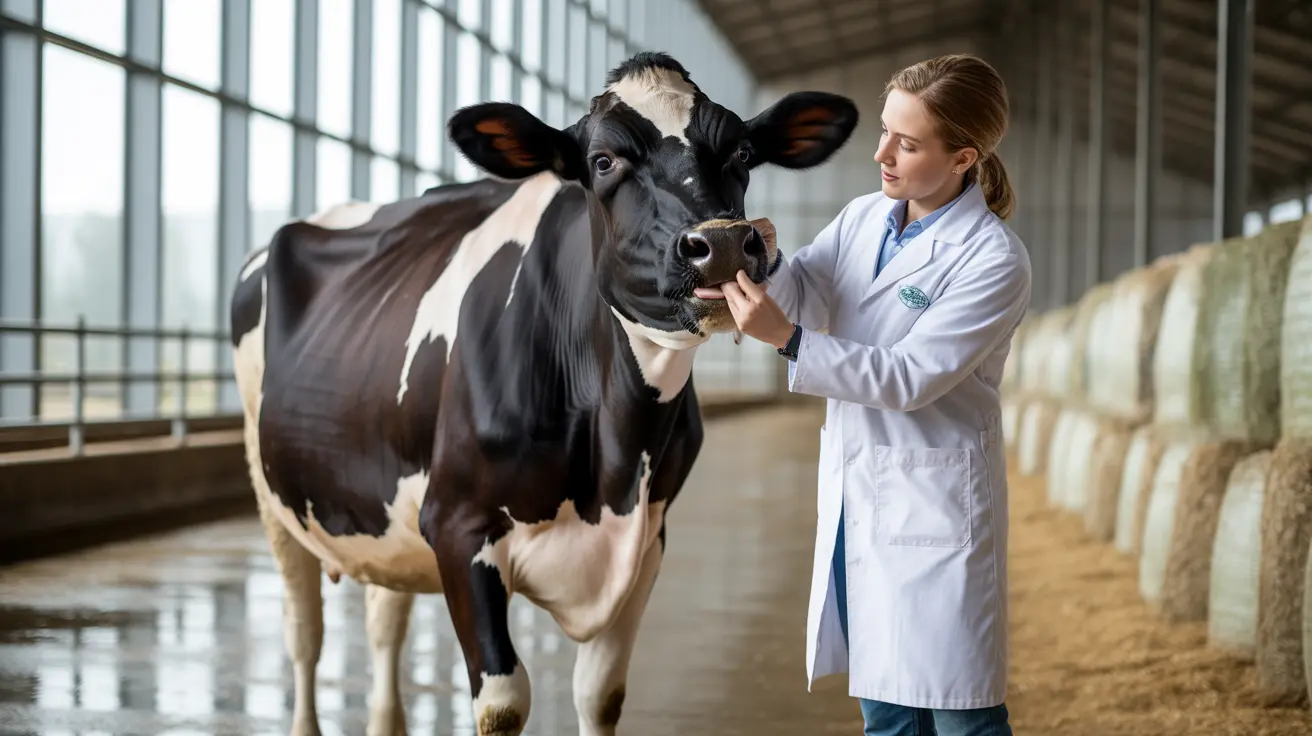A single outbreak of a foreign animal disease can devastate an entire nation's livestock industry, causing billions in economic losses and widespread disruption. Researchers at the College of Veterinary Medicine are working tirelessly to strengthen America's defenses against these potentially catastrophic threats through cutting-edge research and comprehensive preparedness strategies.
Foreign animal diseases represent one of the most serious challenges facing U.S. agriculture today. These diseases, which are not currently present in the United States, could cause unprecedented damage to livestock populations, rural communities, and the broader economy if they ever breach our borders. The ongoing work to prevent and prepare for such scenarios is critical for protecting both animal and human welfare.
Understanding the Threat of Foreign Animal Diseases
The most concerning foreign animal diseases include foot-and-mouth disease (FMD), African swine fever (ASF), and peste des petits ruminants (PPR). These highly contagious diseases spread rapidly among livestock populations and can bring entire agricultural sectors to a standstill. The economic implications extend far beyond individual farms, affecting food supply chains, international trade relationships, and rural employment.
Foot-and-mouth disease prevention remains a top priority for U.S. veterinary researchers. This viral disease affects cloven-hoofed animals including cattle, pigs, sheep, and goats. While rarely fatal, FMD causes severe production losses and triggers immediate trade restrictions that can last for months or years.
Advanced Research and Surveillance Systems
Modern livestock disease biosecurity relies heavily on sophisticated surveillance systems and predictive modeling. Researchers are employing machine learning in animal health to analyze global epidemiological patterns and identify emerging threats before they reach U.S. shores. This technology helps scientists track viral mutations, predict outbreak patterns, and develop targeted prevention strategies.
The research focuses on understanding how diseases spread across different environments and animal populations. By studying outbreak patterns in other countries, scientists can better prepare U.S. livestock disease preparedness protocols and response mechanisms. This proactive approach allows for more effective resource allocation and strategic planning.
Comprehensive Response Frameworks
The Foreign Animal Disease Preparedness and Response Plan (FAD PReP) serves as the cornerstone of America's defense strategy against these threats. FAD PReP guidelines provide detailed protocols for federal, state, tribal, and local agencies to coordinate their response efforts. This comprehensive framework ensures rapid detection, containment, and elimination of foreign animal diseases should they appear in the United States.
Animal disease outbreak response requires seamless coordination between multiple stakeholders. Veterinarians, government officials, farmers, and researchers must work together to implement biosecurity measures, conduct rapid diagnostics, and execute containment strategies. The success of these efforts depends on thorough preparation and regular training exercises.
Strategic Resources and Infrastructure
National programs like the National Animal Disease Preparedness and Response Program (NADPRP) provide essential funding for research initiatives and infrastructure development. NADPRP funding supports critical activities including surveillance system upgrades, diagnostic laboratory enhancements, and emergency response training programs.
Maintaining a robust vaccine stockpile for livestock is another crucial component of preparedness efforts. These strategic reserves ensure that effective vaccines and diagnostic tools are immediately available when needed. The stockpiles are carefully managed to maintain potency and effectiveness, with regular updates based on evolving disease threats.
One Health and Zoonotic Disease Considerations
The One Health approach recognizes the interconnected nature of human, animal, and environmental health. Many foreign animal diseases have zoonotic potential, meaning they can spread from animals to humans. This reality makes livestock disease surveillance and control even more critical for public health protection.
Rapid animal disease diagnostics play a vital role in early detection and response. Advanced diagnostic tools allow veterinarians to quickly identify suspicious cases and implement appropriate control measures. Early detection is often the difference between a contained incident and a widespread outbreak.
Frequently Asked Questions
What are the most serious foreign animal diseases threatening U.S. livestock and why are they a concern?
Foot-and-mouth disease (FMD), African swine fever (ASF), and peste des petits ruminants (PPR) are the major foreign animal diseases that could severely disrupt U.S. livestock, causing economic losses, job impacts, and trade restrictions due to their high contagion and economic damage potential.
How do researchers and veterinarians work to prevent and control outbreaks of diseases like foot-and-mouth and African swine fever?
They use global epidemiological data, advanced tools like machine learning, and collaborate internationally to identify high-risk areas and viral strains, applying biosecurity, surveillance, rapid diagnostics, vaccination, and coordinated responses before diseases reach U.S. herds.
What biosecurity measures should farmers and pet owners follow to reduce the risk of spreading foreign animal diseases?
Important measures include restricting animal movements, isolating sick animals, disinfecting farm equipment and vehicles, preventing contact with wildlife, practicing thorough hygiene, and keeping detailed animal movement records to stop transmission of diseases such as FMD.
What role does the Foreign Animal Disease Preparedness and Response Plan (FAD PReP) play in disease outbreak management?
FAD PReP provides a comprehensive framework and guidelines for federal, state, tribal, and local agencies and producers to prepare for, detect, and respond quickly to outbreaks, including biosecurity protocols, emergency culling, and movement controls to minimize disease spread and losses.
How do national programs like the National Animal Disease Preparedness and Response Program (NADPRP) and vaccine banks support U.S. livestock disease defense?
NADPRP funds critical research, training, and infrastructure upgrades while vaccine banks maintain strategic stockpiles of vaccines and diagnostics for rapid deployment, helping ensure a swift and effective response to outbreaks like FMD and ASF.
The ongoing research and preparedness efforts represent a critical investment in America's agricultural future. By staying ahead of emerging threats and maintaining robust response capabilities, researchers are working to ensure that foreign animal diseases never gain a foothold in U.S. livestock populations. This proactive approach protects not only our food supply but also the livelihoods of millions of Americans who depend on healthy, productive livestock industries.






